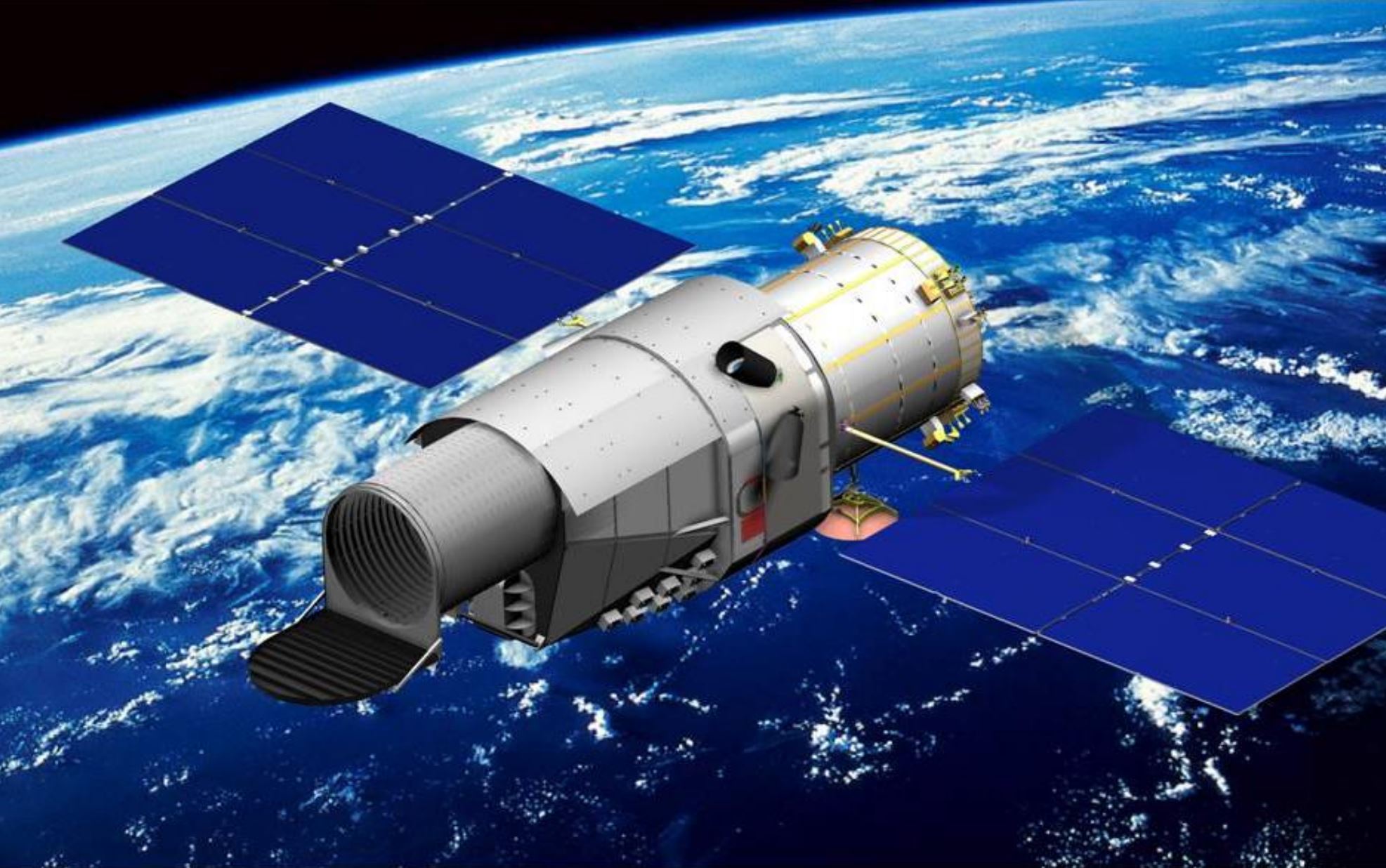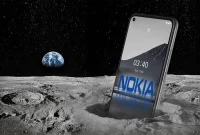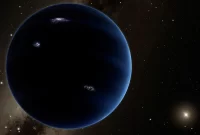How do space telescopes work? Benefits of Space Telescopes
By building powerful space telescopes, man was able to find his place in the universe and realize its extent. With the development of giant telescopes, we will increasingly discover the secrets of existence. Despite the super-telescopes that give us a greater understanding of the universe, we are witnessing a very exciting time.
We will be able to watch the formation of planets around young stars, look at the first formation of the universe, search for extraterrestrial planets to look for signs of life, and may finally be able to unravel the mystery of dark matter and dark energy. And realize their role in the universe. Unforeseen observations and discoveries are likely to surprise us along the way.
Hyper telescopes are masterpieces of technology, and without access to the levels of technology that exist in the world today, it would not have been possible to build these devices; In fact, the development of super telescopes has led to technological advances. The emergence of these devices is rooted in Galileo’s simple observations of the two-inch telescope and his curiosity about nature. Although Galileo is not the inventor of the telescope, his name is associated with the first telescopes, and he was the first to use the telescope to see the night sky, thus discovering the Milky Way.
There are several different types of telescopes in the world that are used to observe different types of electromagnetic radiation. For example, light, radio, and X-ray telescopes have all been useful in advancing science. Space telescopes help humans observe stars and galaxies at close range. This human invention receives visible light from distant objects and uses that light to create an image. This is exactly what makes telescopes so useful to scientists and astronomers.
Large, unknown, and mysterious galaxies have always occupied the human mind, and mankind has been able to discover many of these mysteries as science advances and equipment becomes more advanced. Science is becoming more advanced every day as a result of new discoveries in this field.
The grandeur and infinity of galaxies are two unique features that have fascinated mankind since the beginning of creation and man has always sought to know more about it. Space observatories are devices such as telescopes that are located in outer space and outside the Earth’s atmosphere and are used to observe distant planets, galaxies and other space objects.
Space telescopes are either orbiting the Earth or located at one of the Earth-Moon or Earth-Sun Lagrangian points.
The advantages of space telescopes include the following:
– No dust in the path of sight
– Ability to observe at invisible wavelengths (Earth’s atmosphere blocks X-rays, ultraviolet, infrared, etc.).
The grandeur and infinity of galaxies are two unique features that have fascinated mankind since the beginning of creation and man has always sought to know more about it.
Space observatories are devices such as telescopes that are located in outer space and outside the Earth’s atmosphere and are used to observe distant planets, galaxies and other space objects.
Space telescopes are either orbiting the Earth or located at one of the Earth-Moon or Earth-Sun Lagrangian points.
Space Observers Do not have the same problems as ground-based observatories, such as light pollution and electromagnetic radiation.
Researchers plan to build a fleet of advanced space telescopes in the next decade.
The Astronomy and Astrophysics Plan aims to provide an overview of the next ten years of US space science. Each decade, experts brought together by the National Academies of Science, Engineering, and Medicine gather information from astronomers across the country to provide a prioritized list of projects to policymakers and federal agencies.
The latest survey, which traces the course of US astronomy and astrophysics from 2022 to the end of 2032, recommends that NASA develop a new plan to develop several large space telescopes. According to a report released on November 4, an initial investment in the concepts of several upcoming missions could reduce the financial risks and losses of these missions.
“These are very important recommendations,” said Scott Gaud., An astronomer at Ohio State University who is a member of the National Academy’s committee that compiled the report.
Space telescopes are ambitious and sophisticated
The proposed multi-mission plan will change the way large space missions are planned. “In the past, a project was considered a priority, it was built, and after launching and exploiting, scientists just started thinking, ‘What’s the next project?’ But space telescopes are more ambitious, more complex, and more expensive. “So it takes decades to plan, build and implement, during which time other projects should not be missed.”
If researchers work on a mission for several years and find that the technology does not answer human questions, they can easily move on to another project and launch a new telescope.
“I’m very excited about this,” Ganodi said. This is the best possible result. This arrangement between several projects can increase the confidence that large space missions can proceed according to budget and planning.
According to the review, the first mission in the new program should be a space telescope that observes the world at infrared and ultraviolet waves, and the remaining gap in the information is filled by other devices. The Hubble Space Telescope looks mainly at visible light and ultraviolet light, while the James Webb Telescope looks mostly at the infrared world.
Infrared window to the universe
More than twice as wide as Hubble in collecting light, this emerging observatory can detect planets in other star systems that are only as bright as one-tenth of a billionth of the former stars. It is also able to detect specific wavelengths of light or spectra emitted by extrasolar planets. With the help of this telescope, stars, galaxies and other celestial bodies can also be observed. With an estimated cost of $ 11 billion, the telescope is scheduled to be launched in the early 2040s.
Other upcoming programs include NASA planning to develop a far-infrared mission and an X-ray mission five years before launching the first flagship mission in the series. Each of these projects will cost $ 3 billion to $ 5 billion.
According to opinion polls, the top priority for astronomers on Earth next year is to continue building two large optical observatories, the giant Magellanic Telescope in Chile and the 30-meter telescope in Hawaii – although the project has recently been the subject of controversy over environmental protection. Has been.
The poll also notes that it is time to replace the very large array in New Mexico with a very long array of telescopes scattered throughout the United States. The proposed replacement for these world-class radio observatories is a very large next-generation array that is ten times more sensitive.
In 1946, Dr. Lyman Spitzer, an astrophysicist, came up with the idea of building a space telescope.
From the dawn of humanity until 400 years ago, everything we knew about our universe came about through observations with the naked eye. Galileo then turned his telescope to the skies in 1610. He set the world for awakening.
We found that Saturn has rings. Jupiter had the moon. That nebula spot in the center of the sky was not the Milky Way galaxy, but a collection of countless stars. In a few years, our concept of the natural world will change forever. A scientific and social revolution took place quickly.
How the Hubble Telescope works:
Hubble orbits more than 4 billion miles around the Earth’s circular orbit, which is currently about 340 miles high. Hubble has no pressure. To change angles, he uses Newton’s third law by turning his wheels in the opposite direction. It rotates at the speed of minute hands in one hour and takes 15 minutes to rotate 90 degrees. Hubble has an outstanding accuracy of 0.007 arcs.
Edwin Hubble
Mirrors and optical systems were one of the most important parts of the telescope’s design, and particularly precise requirements were imposed on them. Typically, telescope mirrors are made to withstand about one-tenth the wavelength of visible light, but since the space telescope was supposed to range from ultraviolet to near-infrared, the image resolution must be ten times higher than that of ground-based devices. On Earth, the production capacity of the main mirror was 20/1 of the wavelength of visible light, or about 30 nm.
One of the difficult engineering problems was creating a carrier for telescopes and other instruments. The main requirements are to protect the equipment against temperature changes when heated by direct sunlight and cooled in the ground and the precise orientation of the telescope. The telescope is mounted inside a lightweight aluminum capsule that is provided with a carbon fiber interior frame with a capsule strength and tool adhesion.
The main mirror in the telescope directs light directly into the various scientific instruments within it. The Hubble is a Casgrin reflecting telescope. Light is transmitted from the primary or main mirror of the telescope to the second mirror. The second mirror also reflects this reflected light back to the main mirror. The light returned by the second mirror passes through the hole in the center of the first mirror and reaches the detection sensors!
How the internal components of the Hubble Space Telescope work
Most people think that the power of a telescope depends on its magnification, which is completely wrong. In fact, the power of a telescope is related to the amount of light it can receive! The larger the telescope mirror, the more light it absorbs. The Hubble Space Telescope is 2.5 meters in diameter, which is very small compared to ground-based telescopes up to 10 meters in diameter. However, the Hubble Space Telescope is more powerful than ground-based telescopes. Because the absence of the Earth’s atmosphere in space makes the recorded images clearer.
When light is transmitted to the center of the main mirror by two mirrors embedded in the Hubble Space Telescope, the instruments in it are activated. Each of these tools depicts the world differently. The WFC3 camera, as its name implies, receives three types of light spectrum. Ultraviolet light spectrum, visible light spectrum and near infrared light spectrum, but not simultaneously! The resolution of this camera is much higher than other scientific tools used in Hubble. One of Hubble’s newest tools, this camera is used to study dark matter and energy, to form emerging stars, and to discover distant galaxies!



